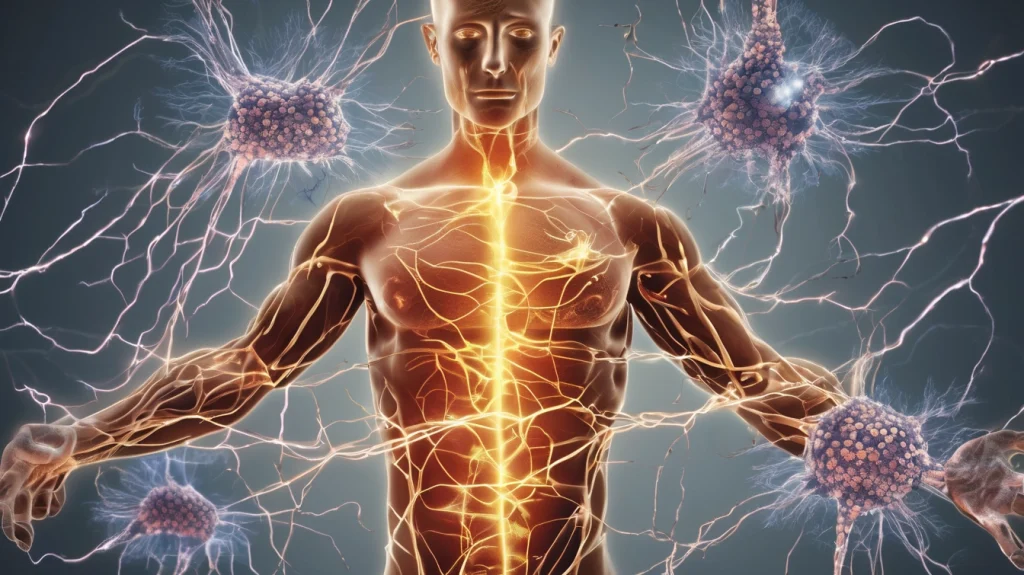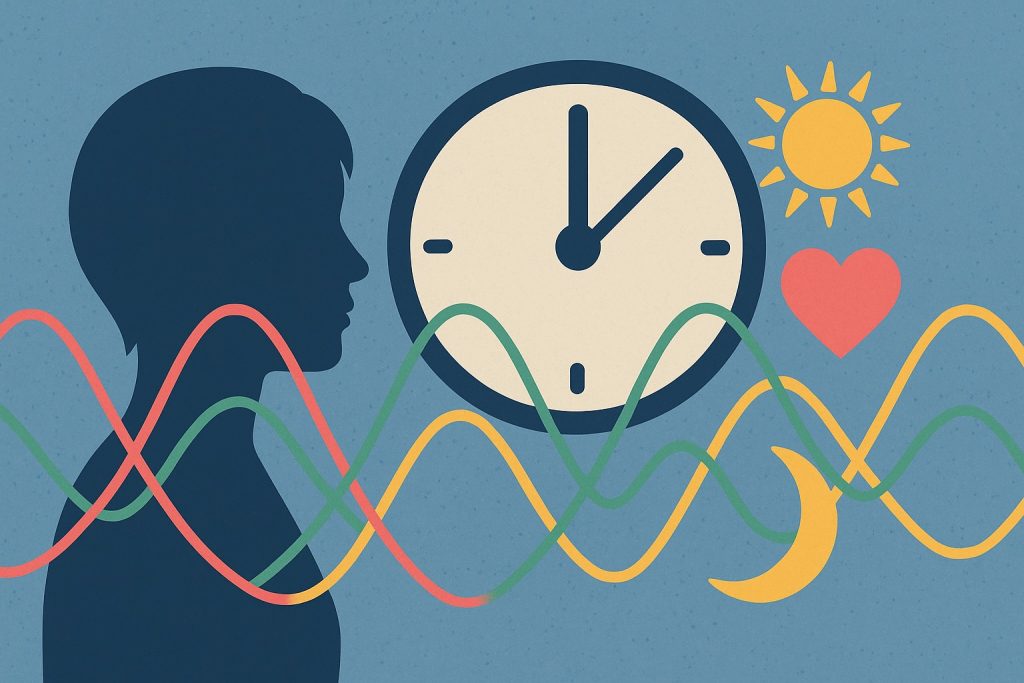🐾 Magnetostimulation and magnetorelaxation in veterinary medicine – the modern way to animal recovery and comfort
🧬 Animal body and bioelectromagnetic fields
Modern veterinary medicine is increasingly turning to methods that until recently were reserved exclusively for humans. One of these is pulsed electromagnetic field (PEMF) therapy, the effectiveness of which is being studied in the context of improving animal comfort, recovery and response to various stress factors.
The animal body – like the human body – is a complex electromagnetic system in which each cell responds to the frequencies of the environment. Some researchers even speak of an “energetic landscape of the organism,” which can be supported by low-intensity, pulsed fields with biologically compatible parameters.
“Animals don’t have placebos. Their reactions show the truth.”
– Dr. M. Zielinski, veterinary biophysicist
🧠 Regeneration of the musculoskeletal system and comfort after overloading
In clinical and breeding practice, one of the biggest challenges is conditions of reduced mobility in animals. In sport horses, working dogs or senior animals, it is often observed:
- limited flexibility of musculo-fascial structures,
- Exercise overload,
- Motor discomfort and deep tissue tension,
- Disorders of coordination and motor skills,
- Limiting spontaneous activity.
Pulsed electromagnetic field (PEMF) therapies assist the body in these areas by affecting the structure of cell membranes, bioelectric potential and physiological self-regulation processes.
🐴 Sport and breeding horses – wellness in practice
There is increasing talk in the equestrian community about the need to implement preventive programs that support:
- The natural regenerative rhythm of muscles,
- cardiorespiratory fitness,
- Relaxation before sports launches,
- Improving comfort after an intense workout.
Pulsed fields applied topically (e.g., in the region of the rump, lumbar or extremities) can support the natural regulation of muscle and fascial tension, resulting in better quality of movement and reduced stress reactivity.
🐕 Active, working, companion dogs – needs of the body and nervous system
In large breeds and working dogs – police, rescue, sporting dogs – symptoms such as:
- limited gait fluidity,
- Reduced limb power,
- Impaired recovery after intense exercise,
- Increased emotional sensitivity before the competition.
Studies show that electromagnetic fields can promote improved microcirculation and facilitate tissue oxygenation, resulting in improved motor well-being and physiological balance.
💡 Magnetorelaxation as an element of well-being – quietness, lack of stress, comfort
Animals react to the environment much more strongly than humans do. Environmental vibrations, noise, the presence of stressors – all affect their nervous and endocrine systems. Introducing short magnetorelaxation sessions, such as at quiet times, can:
- Support emotional stabilization,
- lower the response of the sympathetic nervous system,
- Facilitate falling asleep and mental recovery.
“The most powerful therapies are the ones you don’t hear.”
– Dr. L. Kuczera, neuroethologist
⚙️ Examples of practical applications:
- Support for natural healing of superficial wounds,
- Improving comfort during recovery from procedures,
- Accelerate natural recovery after long transport,
- Support for adaptation in new conditions (change of stables, separation stress ),
- Relieving physiological tension reactions after intense exercise.
🧩 Summary: a new definition of animal care
Thanks to developments in field biology and bioelectromagnetism, we now have access to tools that allow us to gently support the physiological balance of the animal body. Magnetostimulation and magnetorelaxation are not “disease” therapies, but technologies that are part of the idea of respecting the rhythm of life, adaptation and well-being.
Used judiciously and according to the needs of a particular organism, they can become a quiet but fundamental support to its ability to recover.
The basic principles governing processes in human and animal organisms are virtually identical, although, of course, there are differences in the functioning of species. So there are no fundamental differences between medicine and veterinary medicine. Human and animal organisms are governed by the same laws, since they are enegoinformation systems controlled by electromagnetic fields. All organisms over the course of millions of years of evolution have been subjected to the same factors and shaped themselves into increasingly evolved and intelligent forms. This condition continues. In this view, all kinds of stresses to which human organisms are subjected also apply to animals – primarily domesticated and farmed animals. Industrial food, tap water contaminated with chemical poisons given to animals to drink, electromagnetic smog, etc. factors cause animals to develop a number of disorders and diseases.
The so-called. “Modern”, fast-paced production-oriented, but in fact barbaric breeding methods that force animals to live in cramped quarters, poor lighting, often on tethers, cause similar diseases to humans primarily due to lack of exercise, ischemia and hypoxia.
Particularly affected are racehorses that require especially attentive care and the provision of a daily optimal exercise intake that meets their natural needs and ensures proper oxygenation. They are subject, counterintuitively, to lack of movement or inadequate movement as a result of being subjected to incompatible training methods. This often results in musculoskeletal disorders:
- tendon diseases and joint degeneration in jumping horses,
- limb deformities in animals tethered in stalls with concrete floors,
- Joint degeneration, pelvic fractures, spinal strains and tendon ruptures in working animals.
In addition, animals can suffer mechanical trauma just like humans, and like humans, animals can also be subjected to magnetostimulation (magnetorelaxation) treatments.
This method of therapy is already being used around the world with great success in both small and large animals. Especially since some types of pulsed magnetic field applicators, with independent power supply and resistant to mechanical damage, allow animals to move around fully. They can simply be attached to the animal’s body and allowed to stay in the pasture, outside pens, tethered, subjected to sports training and applied therapy at the same time.
Typical applications:
- Chronic and acute inflammation of joints, tendons, tendon sheaths and muscles,
- Injuries to joints including large ones (spine),
- Muscle and tendon injuries (ruptures),
- Fractures, dislocations, sprains,
- Spinal and musculoskeletal degeneration,
- wound healing,
- hematomas,
- Improved vitality and overall regeneration,
- cardiovascular disorders,
- motor disorders,
- gastrointestinal disorders,
- Stress (especially related to sports competitions).
The article is an excerpt from the book “Magnetostimulation and Magnetorelaxation in Theory and Practice.” Author: Janusz Dąbrowski
All rights reserved / All rights reserved
Made available for: MAGNET-MEDIC
Posting the entire article on another server or in a printed publication is possible only with the author’s permission (by default, the author does not grant such permission). It is possible to obtain it by contacting the author directly.
*******************************************************
Janusz Dąbrowski – lecturer, creator of multimedia presentations, author of articles and books promoting the health care program.




